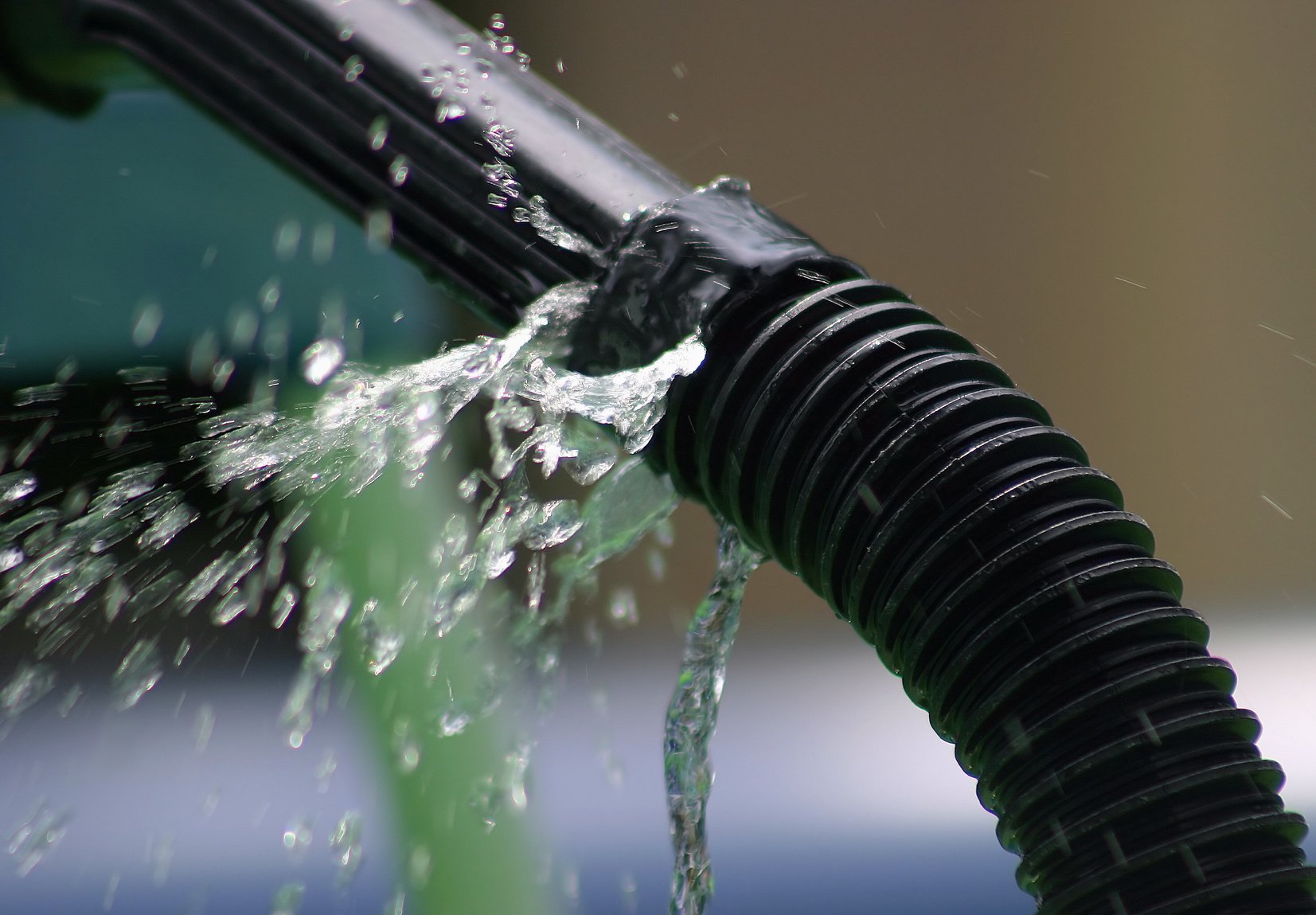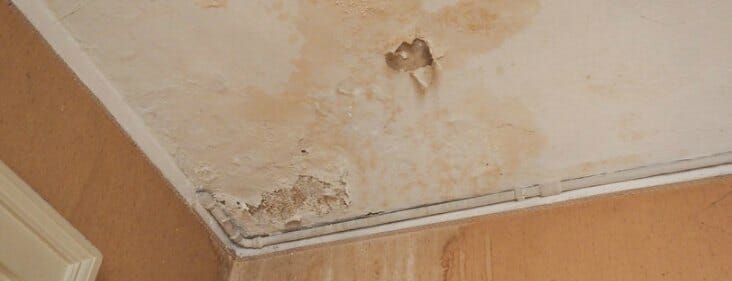Getting to Know The Factors Behind Water Seepage Occur So Often at Home
Getting to Know The Factors Behind Water Seepage Occur So Often at Home
Blog Article
What're your beliefs about Top Causes of Home Water Leaks?

Leaks not just trigger waste of water however can likewise cause unnecessary damages to your home and promote undesirable natural growth. Water leaks could go undetected because most of the pipework in our house is concealed. By recognizing and also looking for day-to-day situations that cause leaks, you can safeguard your home from future leaks as well as unnecessary damages. Today, we will certainly consider 6 leakage triggers that may be causing your pipelines to leak.
Trespassing origins
A lot of water leakages start outside your house rather than inside it. If you see a sudden decline in water stress, claim in your tap, require time to head out and also examine your lawn. You may notice wet patches or sinkholes in your backyard, which could imply that tree roots are getting into water lines triggering water to permeate out. You can have your plumber look for invasion, specifically if you have trees or bushes near your building.
Corroded water supply
As time goes by, your plumbing system ages and deterioration such as corrosion may start eating away the pipelines. This could be the root cause of staining or warping on your water pipes. This calls for an assessment with your plumber immediately. If our plumbing system is old, think about replacing the pipelines because they go to a greater risk of corrosion than the newer models.
Malfunctioning Pipeline Joints
Pipeline joints can weaken over time, resulting in water leaks. If you have loud pipes that make ticking or banging noises, particularly when the warm water is turned on, your pipeline joints are most likely under a great deal of pressure.
Instant temperature level adjustments.
Extreme temperature adjustments in our pipes can trigger them to broaden and acquire unexpectedly. This expansion and also tightening might cause splits in the pipelines, specifically if the temperature are listed below freezing.
Poor Water Connectors
Sometimes, a leak can be triggered by loosened pipes and also pipes that provide your devices. Usually, changing is what triggers the loose water Links. You might discover when it comes to a washing maker, a tube might spring a leakage as a result of trembling throughout the spin cycle. In case of a water links leakage, you may notice water running straight from the supply line or pools around your appliances.
Clogged Drains
Blocked drains could be aggravating and inconveniencing, however they can often end up causing an overflow causing rupture pipelines. Keep eliminating any type of products that may drop your drains that can block them to avoid such troubles.
All the above are causes of leakages yet not all water leaks result from plumbing leakages; some leakages could come from roofing leaks. All leakages must be fixed instantly to prevent water damage.
Leakages not only trigger waste of water but can also create unneeded damage to your home as well as promote undesirable natural development. By comprehending as well as looking for day-to-day situations that cause leakages, you can protect your home from future leaks and also unnecessary damage. Today, we will certainly look at six leakage causes that might be causing your pipelines to trickle.
At times, a leak can be triggered by loose hoses and pipelines that supply your devices. In situation of a water connections leak, you may see water running directly from the supply line or puddles around your home appliances.
How To Check For Water Leak In Your Home
How To Check for Leaks
The average household's leaks can account for nearly 10,000 gallons of water wasted every year and ten percent of homes have leaks that waste 90 gallons or more per day. Common types of leaks found in the home are worn toilet flappers, dripping faucets, and other leaking valves. These types of leaks are often easy to fix, requiring only a few tools and hardware that can pay for themselves in water savings. Fixing easily corrected household water leaks can save homeowners about 10 percent on their water bills.
To check for leaks in your home, you first need to determine whether you're wasting water and then identify the source of the leak. Here are some tips for finding leaks:
Take a look at your water usage during a colder month, such as January or February. If a family of four exceeds 12,000 gallons per month, there are serious leaks.
Check your water meter before and after a two-hour period when no water is being used. If the meter changes at all, you probably have a leak.
Identify toilet leaks by placing a drop of food coloring in the toilet tank. If any color shows up in the bowl after 10 minutes, you have a leak. (Be sure to flush immediately after the experiment to avoid staining the tank.)
Examine faucet gaskets and pipe fittings for any water on the outside of the pipe to check for surface leaks.
Undetected water leaks can happen without the home or business owner even realizing. If you suspect a water leak, but not able to find the source. It is time to contact a professional water leak detection service, The Leak Doctor.
How To Find a Water Leak In Your Home
https://www.leakdoctor.com/blog/How-To-Check-For-Water-Leak-In-Your-Home_AE197.html

As a reader about Common Water Leaks In House, I think sharing that piece of content was mandatory. Sharing is caring. Helping others is fun. Thank-you for going through it.
Trusted plumbing solutions at hand. Report this page